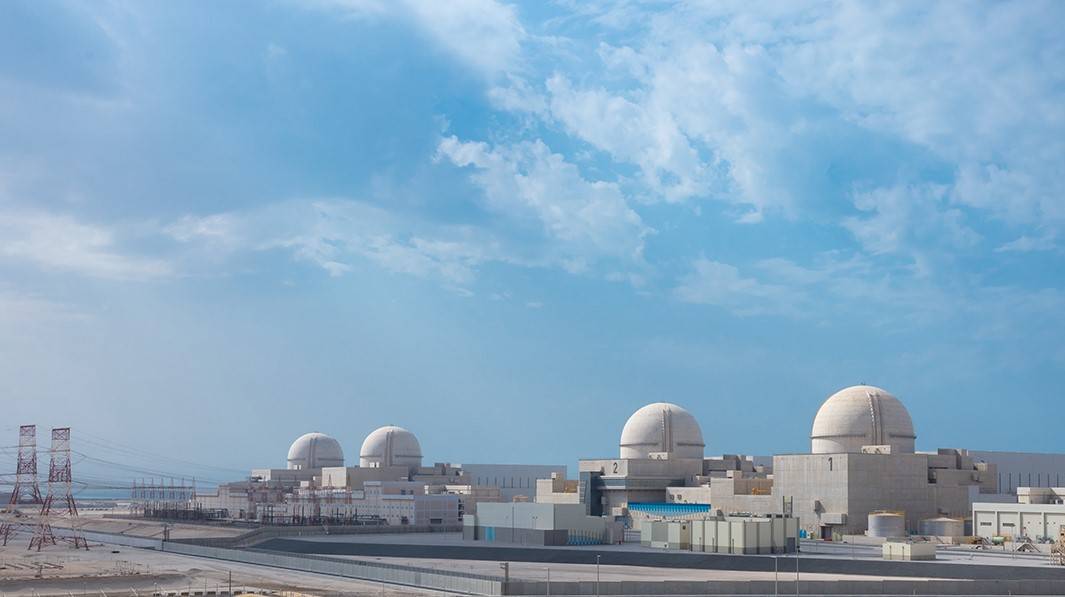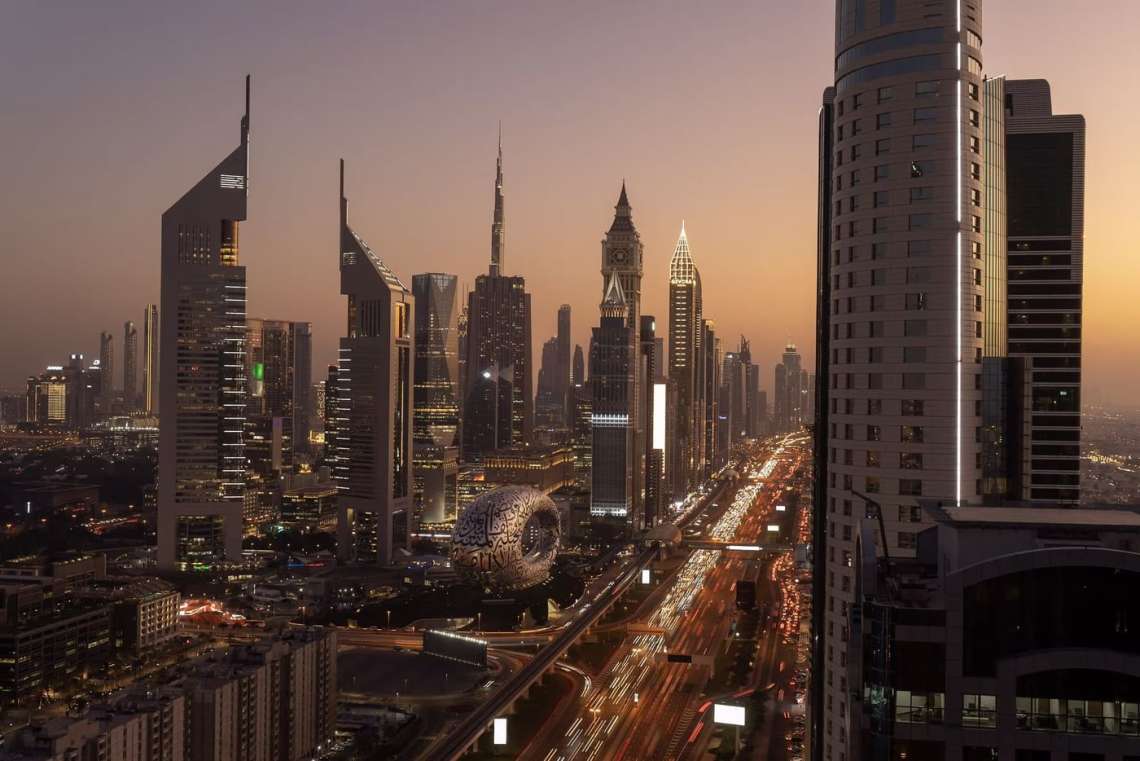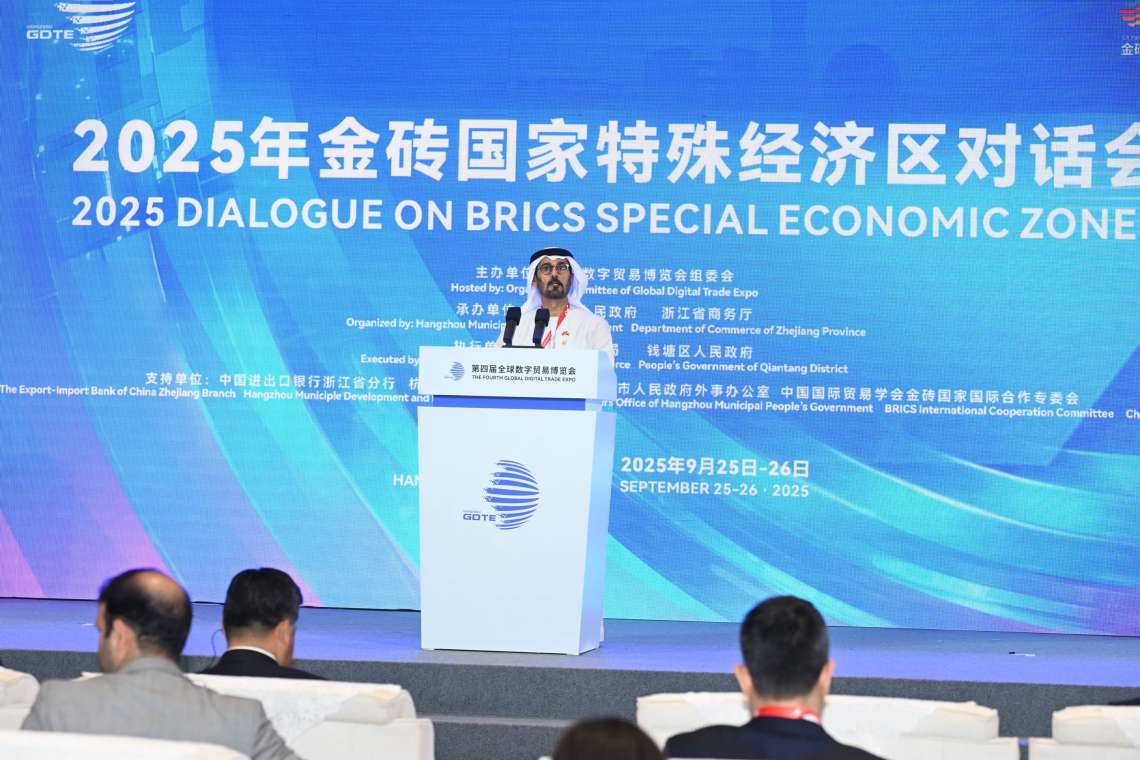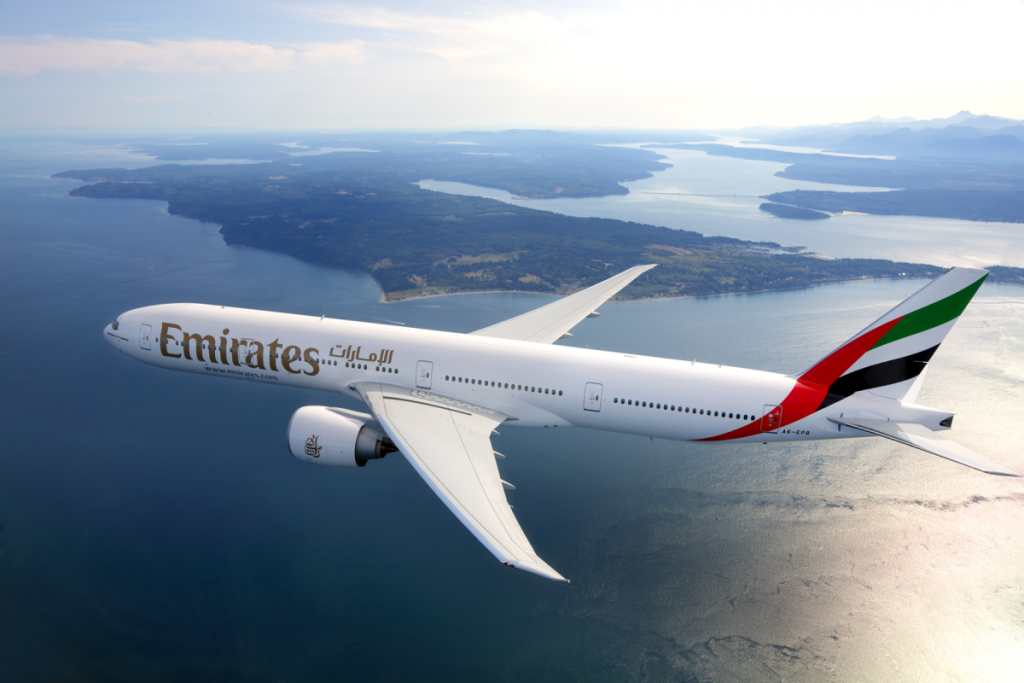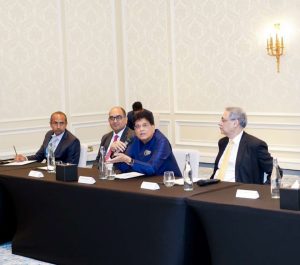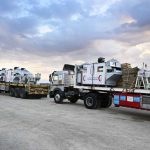The Barakah Plant continues to set new benchmarks for new build nuclear programmes…reports Asian Lite News
The Emirates Nuclear Energy Corporation (ENEC) continues to deliver on the clean energy vision of the UAE with the successful completion of the construction of Unit 3 of the Barakah Nuclear Energy Plant, the Arab World’s first multi-unit operating nuclear energy plant located in the Al Dhafra region of Abu Dhabi.
The Unit has now been handed over for operational readiness activities and is on track to start up and deliver clean electricity in 2023, joining Unit 1 which is fully operational and Unit 2 which is connected to the UAE grid and undergoing testing while raising power levels.
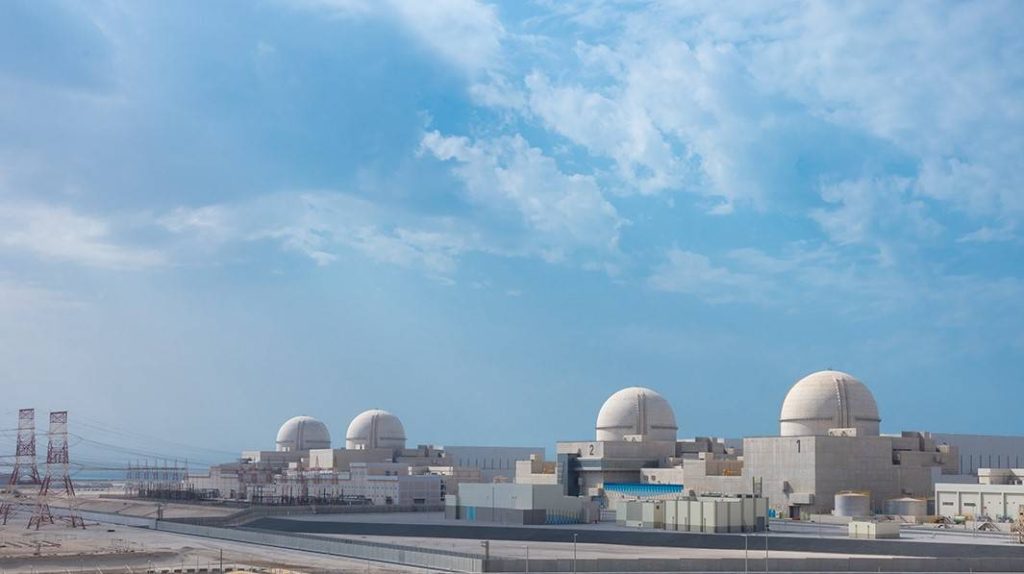
The announcement, which was made on the sidelines of the United Nations Conference of the Parties (COP26) on climate change during Energy Day, demonstrates the UAE’s progress in transitioning to cleaner energy sources, rapidly decarbonising the power sector, cutting carbon emissions, and increasing power supply to meet the growing electricity demand.
As the UAE’s bid to host COP28 in 2023 is endorsed by the member states of the UN’s Asia Pacific group, the tangible efforts the Nation is making in cutting carbon emissions as part of its climate commitments and the recently launched 2050 Net Zero Initiative are clear. This milestone means that the Barakah Plant will soon deliver yet another 1400MW of zero emissions electricity, highlighting the UAE’s leading role as a clean energy leader.
With Unit 3 completing construction, ENEC is demonstrating the significant progress made in delivering climate solutions today and fulfilling the UAE’s promise of clean energy using nuclear technology to provide the baseload clean electricity needed to support intermittent renewable energy sources.
The Barakah Plant is leading large-scale decarbonisation of the UAE’s power sector with Unit 1 becoming the largest single electricity generator in the region in April 2021 and producing clean electricity 24/7. Unit 2’s connection to the UAE grid in September 2021 propelled Barakah to the forefront of the nation’s emissions reduction efforts, well on the way to doubling clean energy production.
By 2025, it is projected that the Barakah plant will have cut Abu Dhabi Emirate’s carbon emissions by 50 percent, demonstrating the significant abilities of nuclear energy in producing baseload electricity without generating carbon emissions. The focus of Unit 3 in the next phase will shift to complete the operational readiness preparations, testing, regulatory inspections, and international assessments required to obtain the Operating Licence for Unit 3 from the UAE’s independent nuclear regulator, the Federal Authority for Nuclear Regulation (FANR).
Mohamed Ibrahim Al Hammadi, Managing Director & Chief Executive Officer of ENEC, commented, “With Unit 1 already commercially operating and Unit 2 recently connected to the UAE grid, Unit 3 construction completion demonstrates the steady progress we are making with the development of the Barakah Nuclear Energy Plant. As the world gathers at COP26 in Glasgow, Scotland, the need for concrete actions to tackle climate change is indisputable and urgent. The Barakah Plant, with its rapid decarbonisation of the power sector, is delivering climate solutions today and with Unit 3 construction now complete, we are progressing smoothly towards supplying a quarter of the UAE’s electricity needs completely carbon free.
“By developing nuclear energy in the UAE, ENEC is enabling sustainable growth and prosperity for the Nation through the provision of abundant, 24/7 clean electricity, whilst underpinning intermittent renewables and creating a bridge to other clean energy technologies like green hydrogen. We are tackling climate change directly today and will do for the next 60 years to come. We thank our Leadership for the vision in diversifying the UAE’s power sources 15 years ago, and their unwavering support as we deliver the four units of the Barakah plant and make history in this year of the UAE’s Golden Jubilee,” added Al Hammadi.
The Barakah Plant continues to set new benchmarks for new build nuclear programmes. The cumulative knowledge and expertise developed by the team that constructed Units 1 and 2 have been used to complete construction for Unit 3, whilst ensuring the highest standards of safety and quality.
ALSO READ: UAE Unveils Hydrogen Leadership Roadmap
Unit 3 of the Barakah Plant has already successfully completed a number of individual and combined system tests, including Cold Hydrostatic Testing (CHT), the Structural Integrity Test (SIT), and Integrated Leak Rate Test (ILRT), and the Hot Functional Test as part of the first phase of its Initial Testing Programme (ITP). The ITP aims to ensure that the Unit’s systems operate in accordance with the highest industry standards and will continue to do so during the operation of the plant over the coming decades.
Prior to granting such approval via the issuance of the Operating License for Unit 3, FANR is carrying out detailed inspections and reviews of all aspects of the plant and the operating organization.
In addition to FANR’s extensive review process, and in line with the commitments made by the UAE in 2008 to adhere to the highest standards of safety, security, quality, non-proliferation and operational transparency, Unit 3 and its operating team will now undergo a number of assessments by independent international nuclear energy experts from the World Association of Nuclear Operators (WANO).
The Barakah Plant, located in the Al Dhafra region of the Emirate of Abu Dhabi, is one of the largest nuclear energy plants in the world, with four APR-1400 units. Construction of the Plant began in 2012 and has progressed steadily ever since. The development of the Barakah Plant as a whole is now more than 96 percent complete. When fully operational, the plant will produce 5.6 gigawatts of free carbon electricity for more than 60 years to come.

